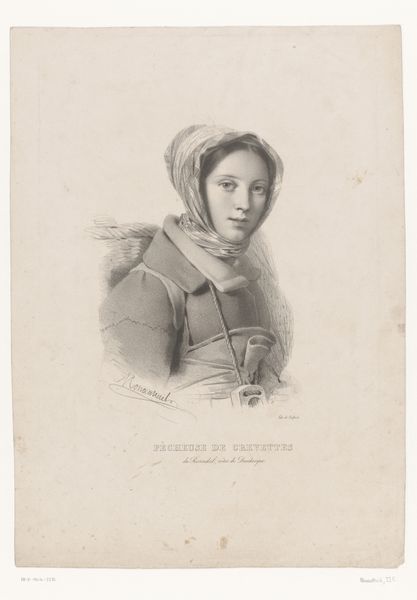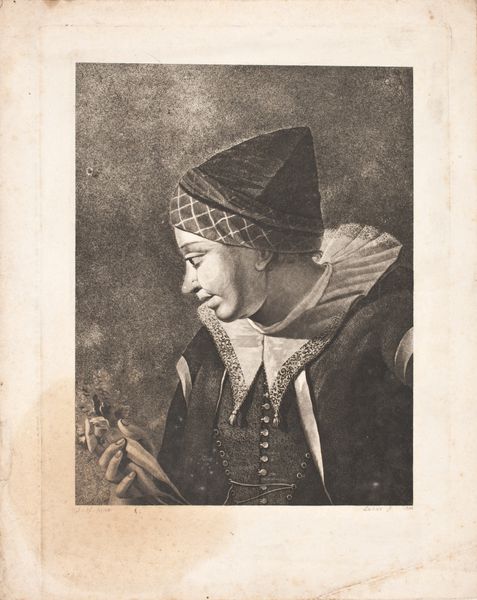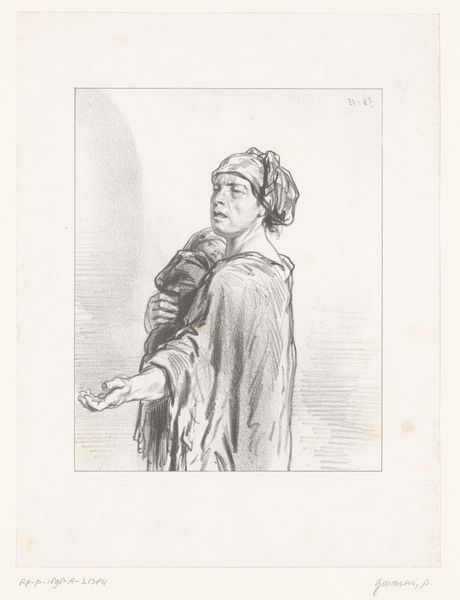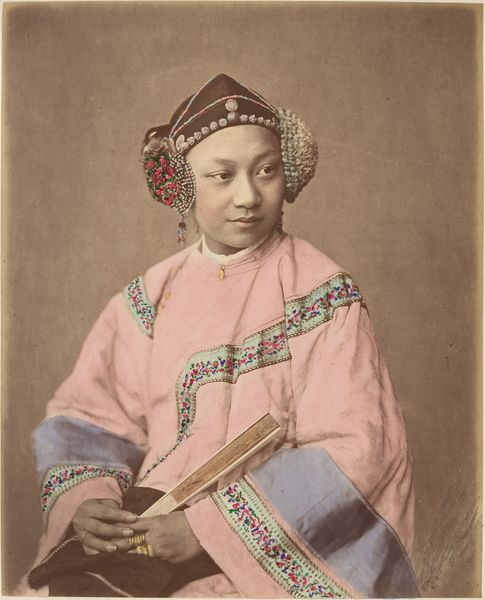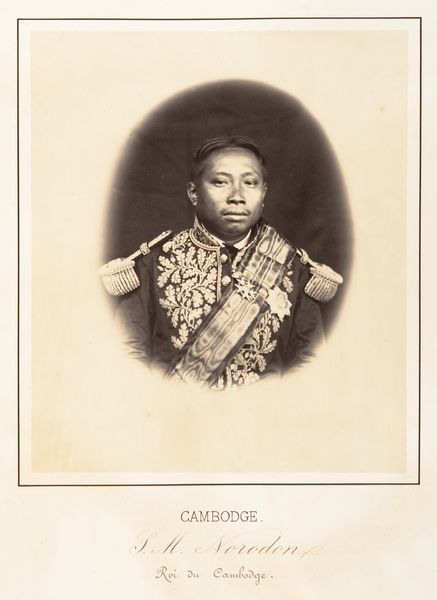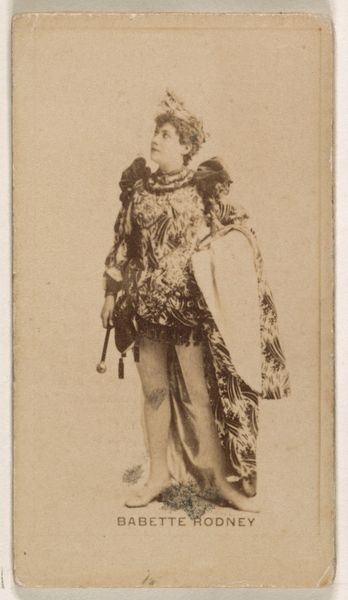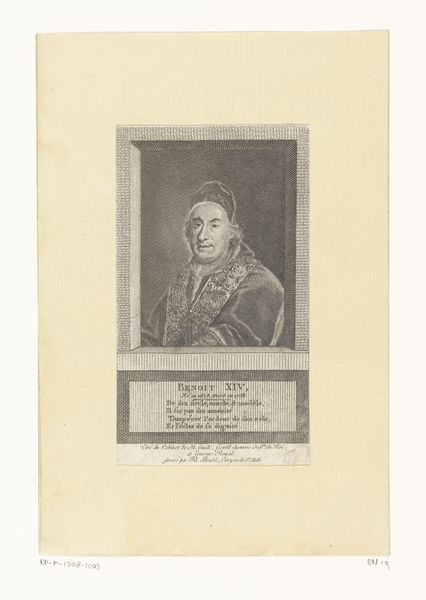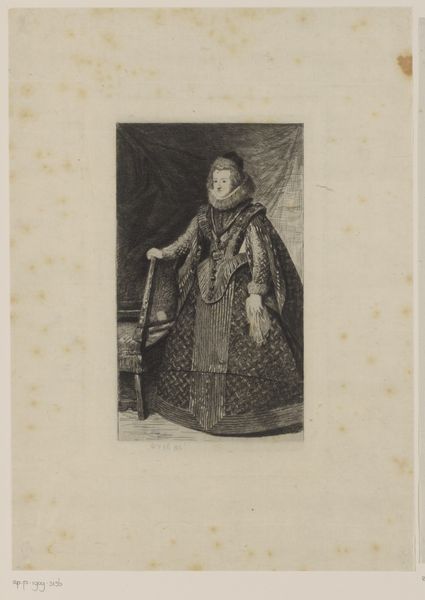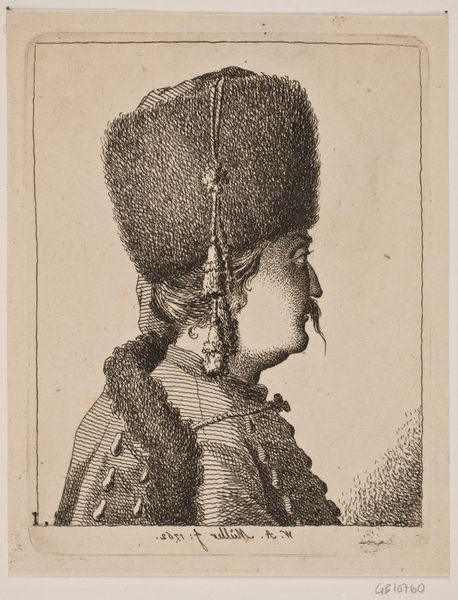
#
wedding photograph
#
photo restoration
#
charcoal drawing
#
portrait reference
#
strong emotion
#
pencil drawing
#
framed image
#
limited contrast and shading
#
portrait drawing
#
fine art portrait
Dimensions: height 424 mm, width 277 mm
Copyright: Rijks Museum: Open Domain
Editor: So, here we have James McArdell's "Portrait of Catherine Pelham," created sometime between 1744 and 1760. It's currently at the Rijksmuseum, and I'm immediately drawn to its serene, almost ethereal quality. What do you see in this piece, particularly regarding its cultural symbols? Curator: The averted gaze immediately catches my eye. It’s more than just a pose; it's a careful performance of femininity. The lace bonnet itself speaks volumes. In the mid-18th century, such adornments weren't merely fashion statements. Think about the private rituals surrounding dress, the encoding of status, virtue, and the delicate balance a woman navigated in a patriarchal society. The softness, the almost melancholic air—do you sense how these visual cues tap into prevailing notions of feminine virtue and sensibility? Editor: I do, but the sheer fabric, while delicate, also looks like a kind of armor. Is that reading too much into it? Curator: Not at all. That duality—the vulnerability and the careful construction of self—is key. The portrait subtly transmits ideas about what it meant to be a woman of her class. We project backwards through the art, using its language. The draped fabric almost creates an altar-like feel to the painting, focusing the ritual even further. Editor: That makes me think of societal expectations, the pressures she must have faced…It’s all embedded in this image. Curator: Exactly. It is like archaeology into cultural memories: an emblem for centuries of emotional narratives about self, duty and gender that still reverberates today. Editor: I will definitely look at 18th century portraiture with a deeper understanding now. Thanks!
Comments
No comments
Be the first to comment and join the conversation on the ultimate creative platform.
